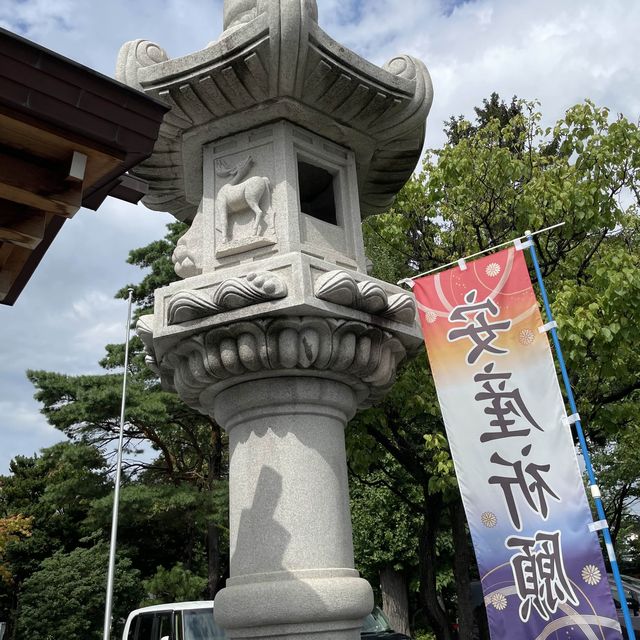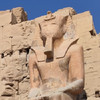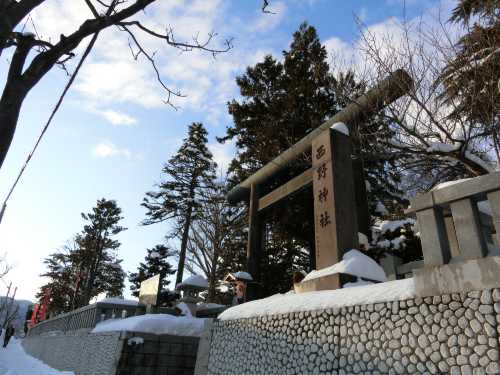App
Customer support
Find bookings
Popular Trip Moments
Sapporo Soup Curry Restaurant 🍛 | 🏔️🥇 Relive the Glory at Sapporo Olympic Museum ⛷️❄️ | 🏨❄️ Timeless Elegance at Sapporo Grand Hotel 🍷✨ | 🪶❄️ Discover Heritage at Sapporo Ainu Culture Promotion Center 🌲✨ | 🍺🏭 A Toast to Tradition at Sapporo Beer Museum 🍻✨ | 🎨❄️ Contemporary Elegance at Hokkaido Museum of Modern Art 🖼️✨ | ⛩️❄️ Tranquility and Tradition at Hokkaido Jingu 🌸✨ | 🏯❄️ Step Back in Time at the Historical Village of Hokkaido 🐎✨ | 🔭✨ Discover, Play, and Learn at Sapporo Science Center 🪐❄️ | 🌾🐑 Scenic Charm at Sapporo Hitsujigaoka Observation Hill 🏔️✨ | 🎓🌿 Discover and Learn at The Hokkaido University Museum 🧬✨ | 🎨❄️ Colors of Modern Japan at Hokkaido Prefectural Migishi Kotaro Museum 🖌️✨ | 🥛❄️ A Creamy Journey at Megmilk Snow Brand Dairy Farming and Milk History Museum 🐄✨ | Hill of the Buddha in Sapporo | I heard it snowed in Sapporo. | So beautiful! Jozankei Hoheikyo Autumn Foliage Viewing Guide for October 20th | 🍃A holiday in Jozankei surrounded by nature and healing | 🏔️Sapporo's recommended tourist spots ranking✨ | Sapporo Royal Lounge | 🍂A heart-warming travel diary from Hokkaido in autumn🧳✨ | Autumn Hokkaido Travel Review | Sapporo Beer Museum, a super chic museum | Nijo Market (Nijo Market) Go on a giant crab binge in Sapporo. | Sapporo Clock Tower (หอนาฬิกาซัปโปโระ)แลนด์มาร์ก | Shiroi Koibito Park: A Dreamy Chocolate Wonderland with a European Vibe | Moerenuma Park in Sapporo, Hokkaido - A Place Where the Land Becomes Art | 20 Ultimate Tips for a Winter Couple's Trip to Sapporo That Beat All Others Online | Hotel Resol Trinity Sapporo ทำเลสะดวก ออนเซนดีงาม | 🧜🏻♀️ Mermaid Coffee Roasters | Shiroi Koibito Park, a sweet paradise in the heart of Sapporo
Recommended Attractions at Popular Destinations
Popular Attractions in Paris | Popular Attractions in Walt Disney World Resort | Popular Attractions in Bangkok | Popular Attractions in Barcelona | Popular Attractions in Kuala Lumpur | Popular Attractions in Chefchaouene | Popular Attractions in Singapore | Popular Attractions in Beijing | Popular Attractions in Osaka | Popular Attractions in Las Vegas | Popular Attractions in Melbourne | Popular Attractions in Dubai | Popular Attractions in Bali | Popular Attractions in Iguazu National Park(Argentina) | Popular Attractions in London | Popular Attractions in Shanghai | Popular Attractions in Sydney | Popular Attractions in West Lake | Popular Attractions in New York | Popular Attractions in Tokyo | Popular Attractions in Rome | Popular Attractions in Kyoto | Popular Attractions in Los Angeles | Popular Attractions in Phuket | Popular Attractions in Zanzibar Island | Popular Attractions in Madrid | Popular Attractions in Chengdu | Popular Attractions in Florence | Popular Attractions in Istanbul | Popular Attractions in Jungfrau Region
Popular Restaurants in Sapporo
Ajinohitsujigaoka | Le Musse | Sushi-dokoro Hyotan | Hanakoji Sawada | Shibetsu BBQ | Le Gentilhomme | Crab Restaurant Hokkaido Kani-Shogun Sapporo | Yozoranojingisukan | Soup Curry GARAKU | Kani Honke Sapporo Station Main Branch | Picante Soup curry | Ebisoba Ichigen Main Shop | Aji no Sanpei | Snow Brand Parlor Sapporo Flagship Shop | Kadoya | Daruma Main Shop | Gyokusuien, Honten | Pullman Bakery | Sapporo Ichiryuan | Menya Saimi | Ami yaki Wagyu Ishizaki | Daruma | Aji no Sanpei | Snow Brand Parlor Sapporo Flagship Shop | Kadoya | Daruma Main Shop | Gyokusuien, Honten | Pullman Bakery | Sushi-sai WAKICHI | Moliere
Popular Ranked Lists
Top 50 Must-Visit Restaurants in Chaozhou | Popular Best Things to Do in Pingtang | Top 50 Must-Visit Restaurants in Madrid | Popular Premium Hotels Near Rufisque | Top 50 Must-Visit Restaurants in Fukuoka | Top 50 Must-Visit Restaurants in Milan | Top 20 Must-Visit Restaurants in Budapest | Top 10 Best Things to Do in Naha | Top 10 Best Things to Do in Doha | Top 20 Best Things to Do in Birmingham | Top 50 Must-Visit Restaurants in Rome | Top 50 Premium Hotels near Vergoncey | Popular Best Things to Do in Jinchang | Top 50 Must-Visit Restaurants in Chengdu | Top 20 Must-Visit Restaurants in Nantong | Popular Premium Hotels Near Field | Popular Luxury Hotels Near Ghlissia | Top 50 Must-Visit Restaurants in Melbourne | Top 10 Must-Visit Restaurants in Bad Ischl | Top 50 Best Things to Do in Frankfurt | Top 50 Must-Visit Restaurants in Barcelona | Popular Best Things to Do in Vik | Top 50 Must-Visit Restaurants in Koh Samui | Top 50 Premium Hotels near Loire Valley | Top 10 Best Things to Do in Huai'an | Popular Premium Hotels Near Tanjung Pendam | Top 50 Must-Visit Restaurants in Hanoi | Popular Premium Hotels Near New Providence | Popular Best Things to Do in Qingtongxia | Popular Premium Hotels in Jhunjhunu
About
Payment methods
Our partners
Copyright © 2025 Trip.com Travel Singapore Pte. Ltd. All rights reserved
Site Operator: Trip.com Travel Singapore Pte. Ltd.
Site Operator: Trip.com Travel Singapore Pte. Ltd.






































